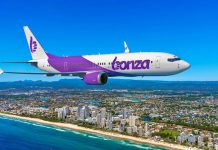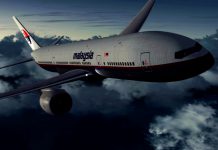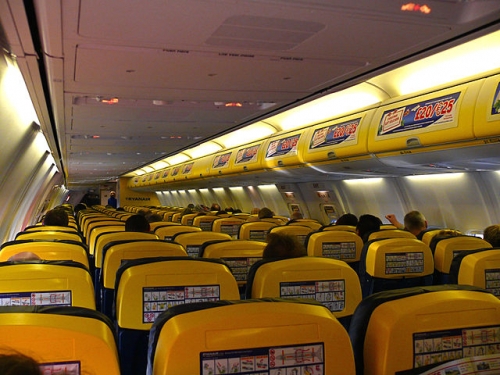Airlines are getting smarter at extracting additional cash from passengers with a wider range of charges, fees and commissions expected to boost ancillary revenues by 22 per cent this year.
The latest estimate of ancillary revenue from CarTrawler and IdeaWorksCompany predicts the cost of extra charges and revenues from areas other than fares will reach $US82.2 billion in 2017, with carriers such as Frontier, Ryanair, Spirit, and Wizz continuing to lead the charge.
Read: World’s Best Airlines 2018
That translates to just over $US20 per passenger for the 4.1 billion travelers expected to take to the air in 2017, or $US13.96 when the impact of frequent flyer programs is removed.
Ancillary revenues have become big business for airlines and the 2017 study analyzed 184 airlines to arrive at its projection of activity
The report estimates the global figure has risen 264 per cent from the $US22.6 billion in ancillary revenues collected in 2010 to make up more than a tenth of 2017 global airline revenue.
Ancillary revenues cover a wide a range of activities. These include additional “a la carte” passenger charges beyond the cost of a ticket for extras such as more legroom, food, drinks and luggage.
They also include less obvious revenue streams such as the sale of frequent flyer points to partners and commission from hotel bookings.
Low-cost carriers are the traditional masters of ancillary revenue and the report estimated the leading LCCs in 2016 derived almost 31 per cent of their revenue from extras, up from 25.5 per cent in 2016.
These ancillary revenue “champs” — carriers such as Ryanair AirAsia, EasyJet, Jetstar, Frontier and Spirit — represented 28 per cent ($US4.1 billion) of the 2017 increase.
But it noted these carriers were changing to offer more options for business travelers, including fare bundles with more flexibility, better seating, fast-track airport service and, in some cases, frequent flyer benefits and lounge access.
At the same time, traditional airlines were moving more aggressively to embrace “a la carte” practices such as differentiated seat pricing and fare bundles.
An IdeaWorksCompany analysis of 2016 revenue results showed traditional carriers and US majors accounted for $US32.8 billion of the $US57 billion earned from a la carte activities in 2016. This compared to $US16.8 billion for the ancillary revenue champs and $US7.4 billion for other low-cost carriers.
Major US carriers, which contributed $US4.6 billion to the 2017 increase, have now widely introduced domestic basic economy pricing and are looking at introducing it on trans-Atlantic routes.
The percentage of revenue earned from ancillary fees by US carriers jumped from 12.3 per cent in 2016 to 14.2 percent in 2017 thanks to a combination of frequent flyer revenue and baggage fees.
“With few exceptions, airlines all over the world are moving to a la carte methods to provide more choices for consumers while boosting ancillary revenue,’’ the report said. “The pace of ancillary revenue activity quickens when major alliance members, such as Air France/KLM, American, Lufthansa, Qantas, and United embrace ancillary revenue methods.
“The changes have a ripple effect through the oneworld, SkyTeam, and Star Alliances which encourages member airlines to adopt the same methods to smooth commercial and operational connections.’’
The report noted that airlines in America, Europe and Australasia that had introduced basic economy fares found that more half of passengers elected higher priced bundled options.
“When this activity is matched by an ever-growing pool of airlines, the result is billions more ancillary revenue,’’ it said.
Traditional airlines outside the US accounted for 41 per cent of the total increase in ancillary revenues 2017, or $US6.1 billion, as the contribution to overall income rose from 5.8 per cent to 6.7 per cent.
Ancillary revenue at these airlines included areas such as excess baggage, extra legroom seating and revenue from frequent flyer partners.
























